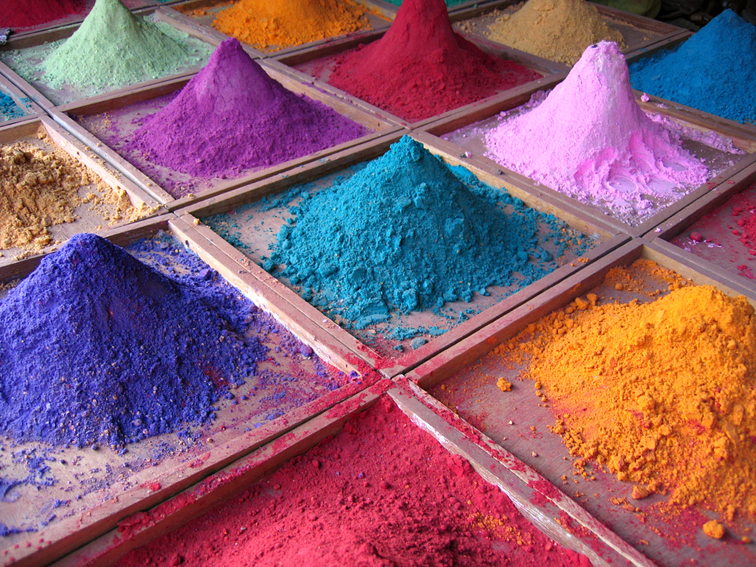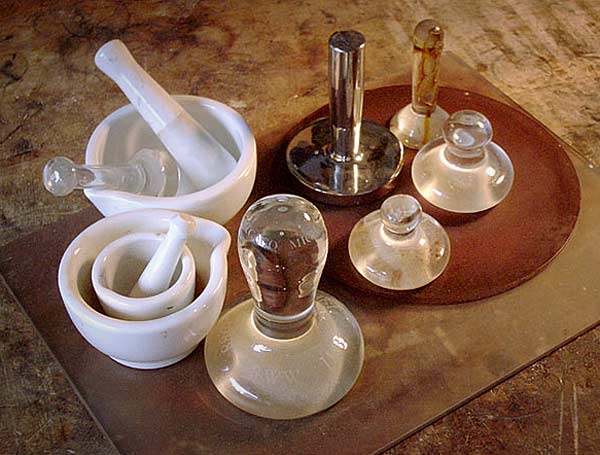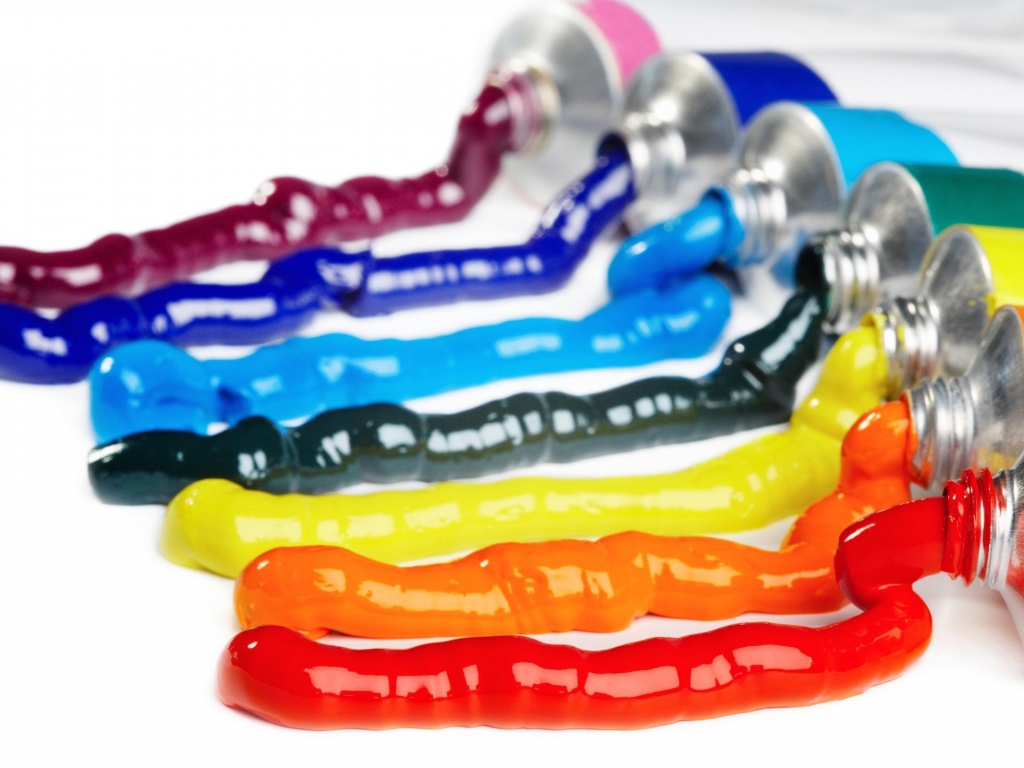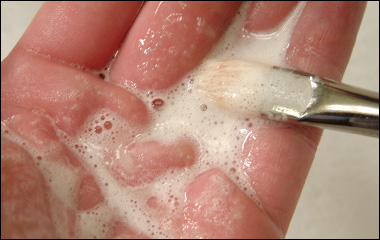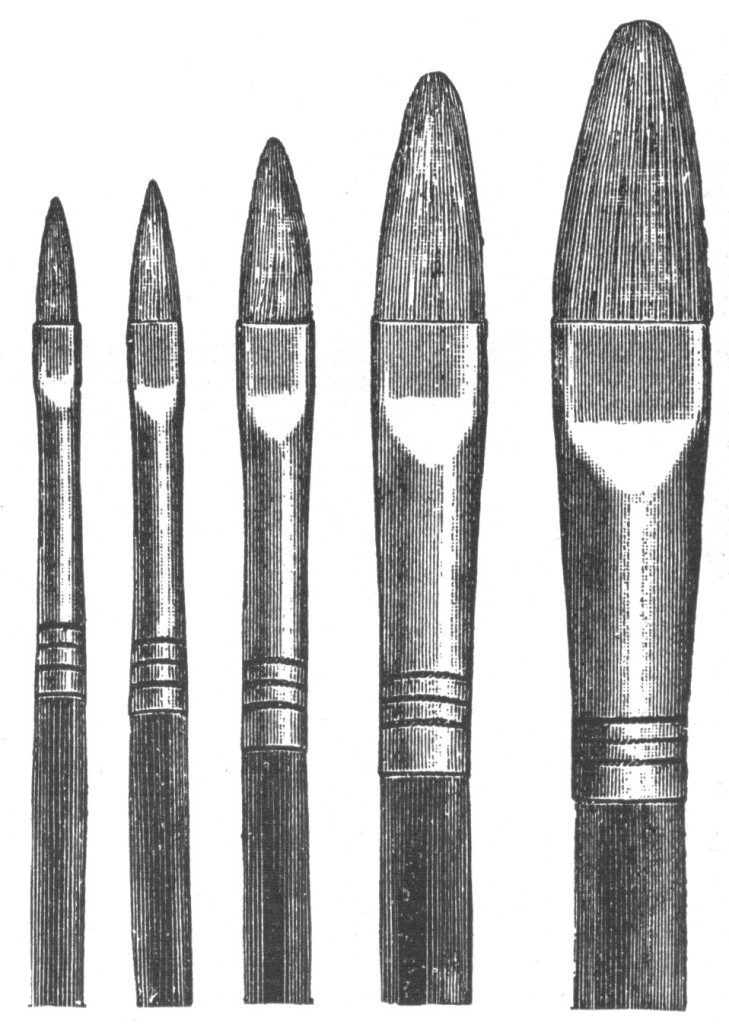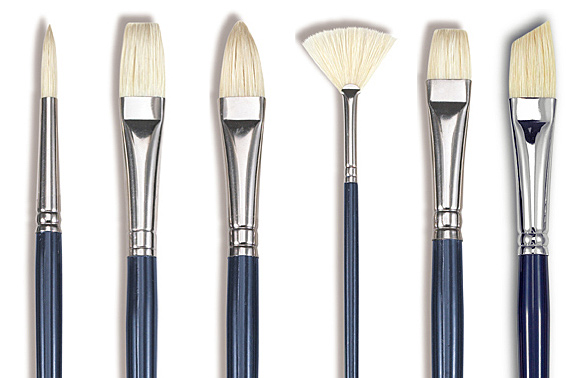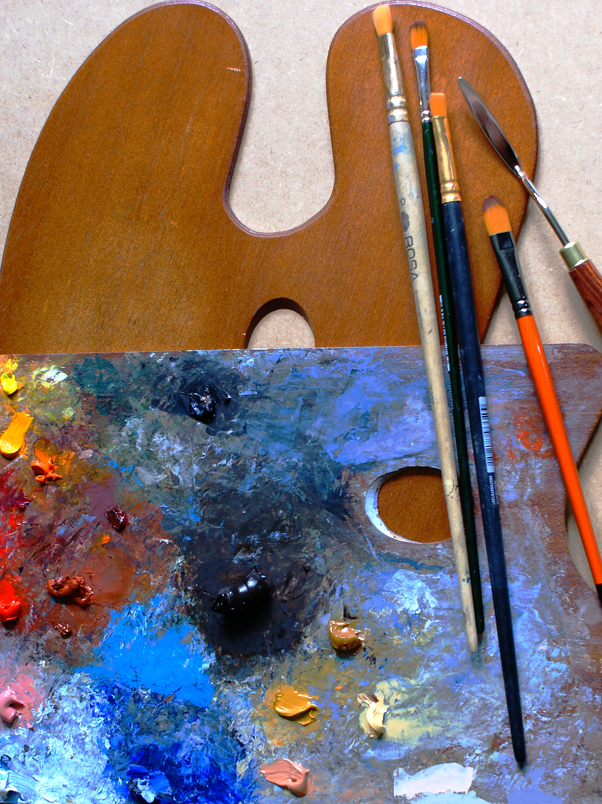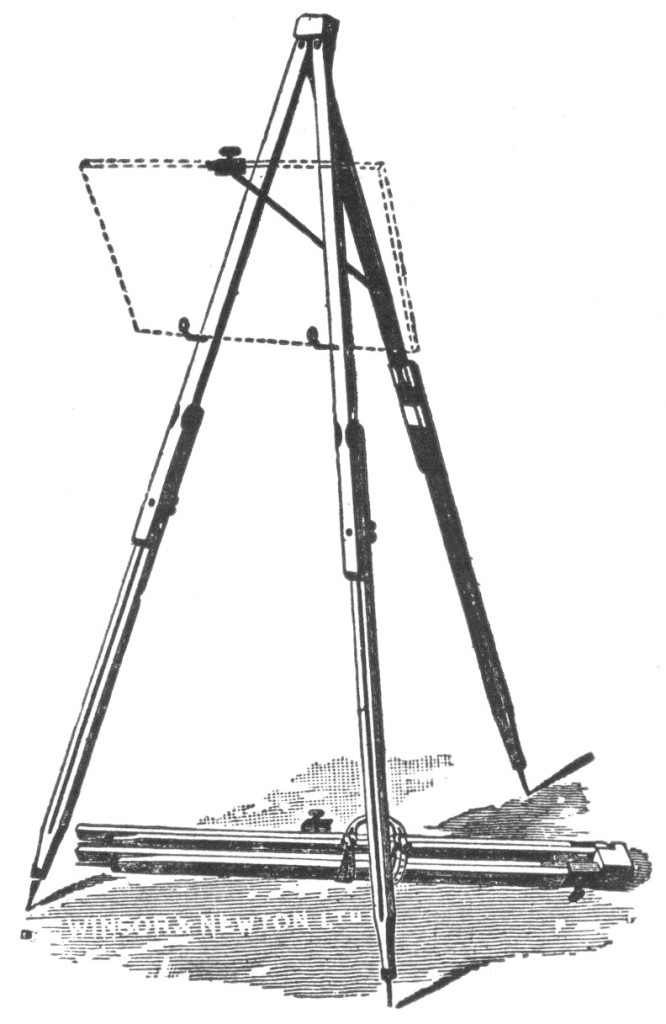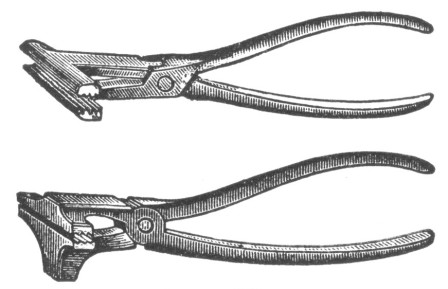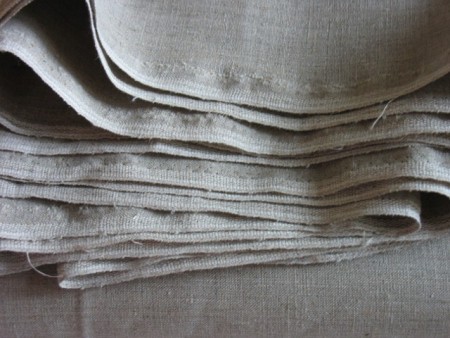On 26 Sep, 2012 With
Chemical Changes of Pigments The causes of change of color in pigments are of four kinds, all of them chemical effects. 1) the action of light; 2) the action of the atmosphere; 3) the action of the medium, and 4) the action of the pigments themselves on each other. The action of light is to bring about or to assist in the decomposition of the pigment. It is less marked in oil than in water color, because the oil forms a sort of sheath for the color particles. The manner in which light does its deteriorating work is somewhat similar to that of heat. The atmosphere affects the paint because of certain chemical elements contained in…
Read More
On 3 Sep, 2012 With
Oil painting essential materials and techniques: Grinding Pigments Grinding.—The color which the artist uses must be most evenly and perfectly ground. The grinding which will do for ordinary house paints will not do for the artist’s colors. Neither will the chemical processes suitable for the one serve for the other. Not only must the machinery, but the experience, skill and care, be much greater for artist’s colors. Therefore it is that the specialization of color-making is most important to good colors for the use of the artist. Reliable Makers.—If you would work to the best advantage as far as your colors are concerned, both as to getting the best effects which pure pigments skilfully and honestly prepared will give you,…
Read More
On 31 Aug, 2012 With
Oil painting essential materials and techniques: Good Paints and Pigments Good Paints.—The three things on which the quality of good paint depends are good pigment, good vehicles, and good preparation. The pigments used are of mineral, chemical, and vegetable origin. The term pigment technically means the powdered substance which, when mixed with a vehicle, as oil, becomes oil paint. The most important pigments now used are artificial products, chiefly chemical compounds, including chemical preparations of natural mineral earths. As a rule, the colors made from earths may be classed as all permanent; those from chemicals, permanent or not, as the case may be; and those of vegetable origin fugitive, with few exceptions. Some colors are good when used as water colors, and bad…
Read More
On 25 Aug, 2012 With
Oil painting essential materials and techniques: Care of Brushes Care of Brushes.—The best of economy in brushes lies in your care of them. You should never let the paint dry on them nor go too long without careful washing. It is not necessary to wash them every day with soap and water, but they would be the better for such treatment. Quite often, once a week, say, you should wash your brushes carefully with soap and water. You may use warm water, but don’t have it hot, as that may melt the glue which holds the bristles together in the ferrule. Use strong soap with plenty of lye in it—common bar soap, or better, the old-fashioned soft soap. Hold several…
Read More
On 22 Aug, 2012 With
Oil painting essential materials: Selection of BRUSHES Selection.—Never buy a brush without testing its evenness, as has been advised in the care of sables. Feel carefully the end of the bristles also, and see that the “flag” is there. All brushes are kept together for packing by paste in the bristles. See that this is soaked off before you test your brush. Round or Flat.—It will make little difference whether you use round or flat brushes. The flat brush is most commonly preferred now, and most brushes are made that way. So you had better get that kind, unless you have some special reason for preferring the round ones. Handles.—Whether the handles are nicely polished, also, is of no importance….
Read More
On 19 Aug, 2012 With
Oil painting essential materials: Bristle and Sable BRUSHES Bristle and Sable.—The brushes suitable for oil painting are of two kinds,—bristle and sable hair. Of the latter, red sable are the only ones you should get. They are expensive, but they have a spring and firmness that the black sable does not have. Camel’s hair is out of the question. Don’t get any, if you can only have camel’s hair. It is soft and flabby when used in oil and you can’t work well with such brushes. The same is true of the black sable. But though the red sablesare expensive, you do not need many of them, nor large ones, so the cost of those you will need is slight. …
Read More
On 17 Aug, 2012 With
Oil painting essential materials: BRUSHES An old brush that has been properly cared for is generally better than a new one. It seems to have accommodated itself to your way of painting, and falls in with your peculiarities. It is astonishing how attached you get to your favorite brushes, and how loath you are to finally give them up. What if you have no others to take their places? Don’t look upon your brushes as something to get as few of as possible, and which you would not get at all if you could help it. There is nothing which comes nearer to yourself than the brush which carries out your idea in paint. You should be always on the…
Read More
On 15 Aug, 2012 With
Oil painting essential materials: EASELS The important thing in an easel is that it should be steady and firm; that it should hold the canvas without trembling, and so that it will not fall as you paint out towards the edges. You often paint with a heavy hand, and you must not have to hold on to your picture with one hand and paint with the other. Nothing is more annoying than a poor easel, and nothing will give you more solid satisfaction, than the result of a little generosity in paying for a good one. The ideal thing for the studio is, of course, the great “screw easel,” which is heavy, safe, convenient, and expensive. We would like to…
Read More
On 12 Aug, 2012 With
Oil painting materials: Stretchers Stretchers.—The keyed stretcher, with wedges to force the corners open and so tighten the canvas when necessary, is the only proper one to use. For convenience of use many kinds have been invented, but you will find the one here illustrated the best for general purposes. The sides may be used for ends, and vice versa. If you arrange your sizes well, you will have the sides of one size the right length for the ends of another. Then you need fewer sizes, and they are surer to pack evenly. Stretching.—You will often have to stretch your own canvases, so you should know how to do it. There is only one way to make the canvas lay smoothly…
Read More
On 9 Aug, 2012 With
Oil painting materials: Grounds Grounds.—The color of the grounds should be of interest to you. Canvases are prepared for the market usually in three colors,—a sort of cool gray, a warm light ochrish yellow, and a cool pinkish gray. Which is best is a matter of personal liking. It would be well to consider what the effect of the ground will be on the future condition of the picture when the colors begin to effect each other, as they inevitably will sooner or later. Vibert in his “La Science de la Peinture” advocates a white ground. He says that as the color will be sure to darken somewhat with time, it is well that the ground should have as little to do…
Read More


